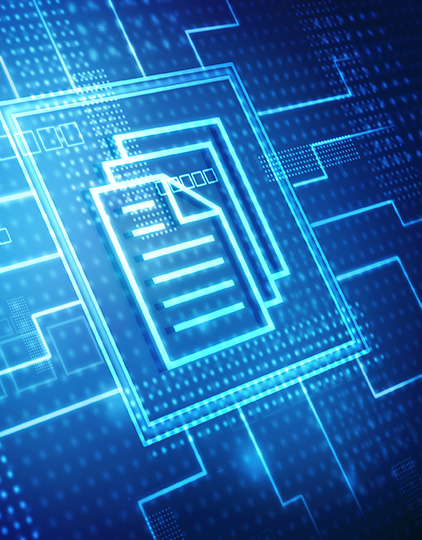Technical Abstract
Least-squares RTM: Reality and possibilities for subsalt imaging
Back to Technical ContentWe investigated how current least-squares reverse time migration (LSRTM) methods perform on subsalt images. First, we compared the formulation of data-domain vs. image-domain least-squares migration (LSM), as well as methods using single-iteration approximation vs. iterative inversion. Next, we examined the resulting subsalt images of several LSRTM methods applied on both synthetic and field data. Among our tests, we found image-domain single-iteration LSRTM methods, including an extension from Guitton’s (2004) method in the curvelet domain, not only compensated for amplitude loss due to poor illumination caused by complex salt bodies, but also produced subsalt images with fewer migration artifacts (i.e., noise) in the field data. By contrast, an iterative inversion method showed its potential for broadening bandwidth in the subsalt, but was less effective in reducing noise. Based on our understanding, we will summarize the current state of LSRTM for subsalt imaging, especially between single-iteration and iterative LSRTM methods.
Download Resource 
Publications
SEG - Society of Exploration GeophysicistsAuthors
Ping Wang, Adriano Gomes, Zhigang Zhang, Merlin Wang